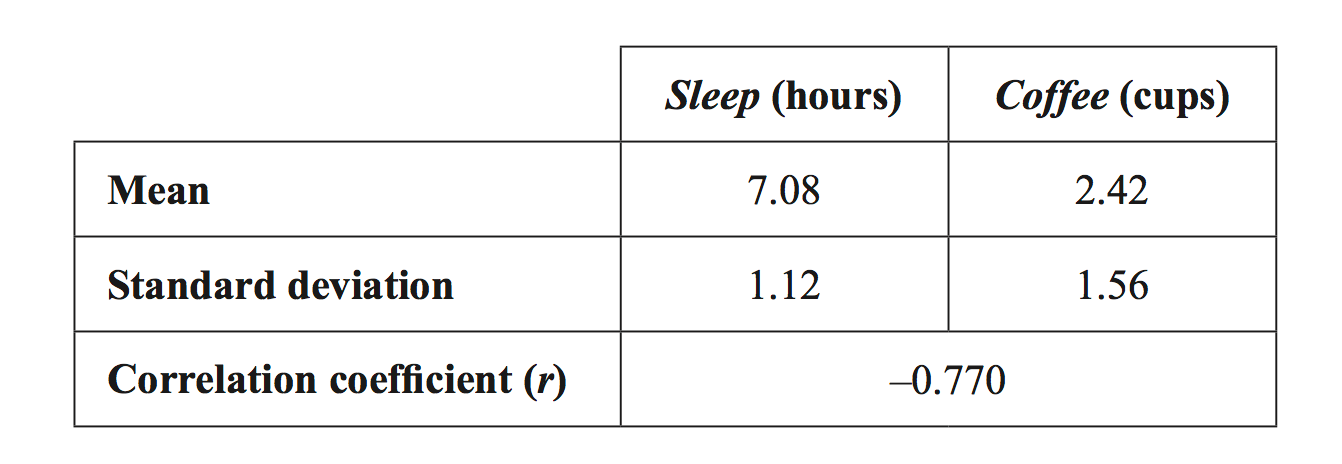In another study, the heights, in metres, of the highest high tide \(H H T\) for that day and the lowest low tide \(L L T\) for that day were recorded in Sydney Harbour for the 31 days of July 2021.
A scatterplot of this data is shown below.
When a least squares line is fitted to the scatterplot, the equation is found to be:
\(HHT=2.19-1.08 \times LLT\)
The coefficient of determination is 0.4709
- Draw the graph of the least squares line on the scatterplot above. (1 mark)
--- 0 WORK AREA LINES (style=lined) ---
- Determine the value of the correlation coefficient \(r\).
- Round your answer to three decimal places. (1 mark)
--- 1 WORK AREA LINES (style=lined) ---
- Describe the association between \(H H T\) and \(L L T\) in terms of form and direction. (1 mark)
--- 2 WORK AREA LINES (style=lined) ---
- Interpret the slope of the least squares line in terms of the variables \(H H T\) and \(L L T\). (1 mark)
--- 4 WORK AREA LINES (style=lined) ---
- In this investigation, the \(H H T\) value was 1.81 m for an \(L L T\) value of 0.40 m .
- Show that when this least squares line is fitted to the scatterplot, the residual for this point is 0.052 (2 marks)
--- 4 WORK AREA LINES (style=lined) ---
- The mean of the \(H H T\) values for July 2021 is 1.70 m .
- Calculate the mean of the \(L L T\) values.
- Round your answer to two decimal places. (1 mark)
--- 5 WORK AREA LINES (style=lined) ---


